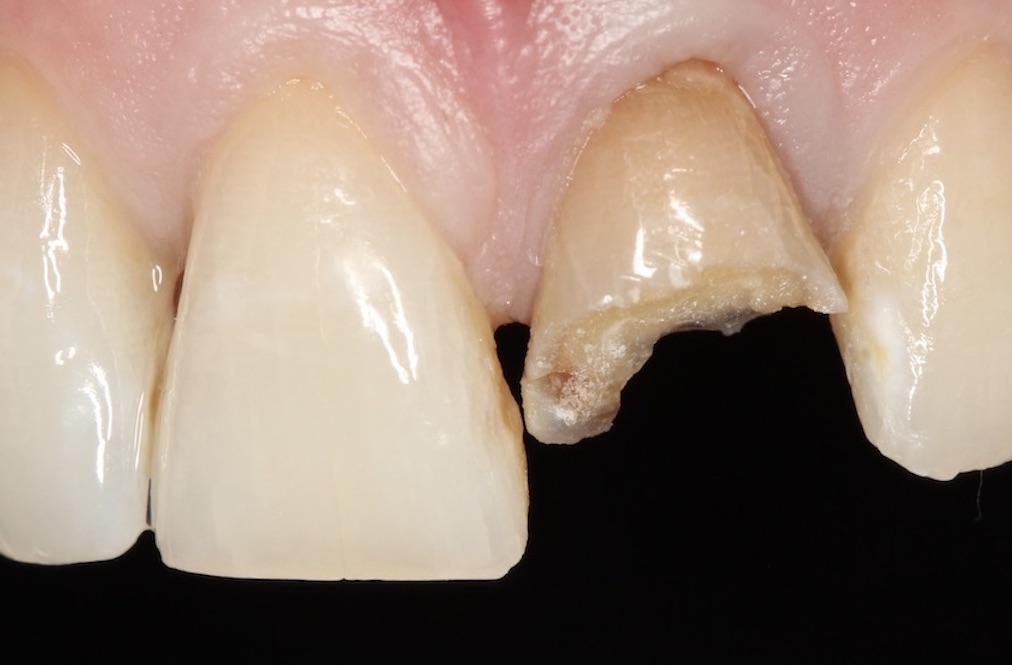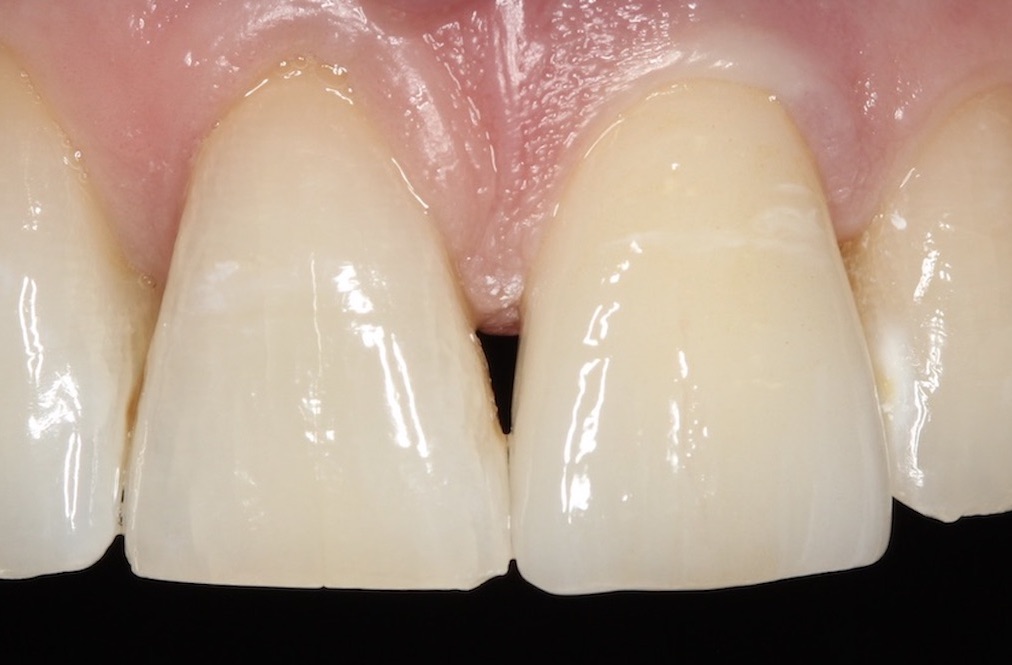Crowns
A restorative crown is used to protect and restore a broken, weakened or heavily filled tooth.
What are Crowns?
The crown of a tooth is the part which is visible in the mouth. A restorative crown is used to protect and restore a broken, weakened or heavily filled tooth. They are also used to improve the appearance of discoloured or crooked teeth. Crowns are made of many different materials including metals and ceramics. Usually two or more visits are required to complete this type of treatment.
If you have any further questions please ask a member of the team and we will be more than happy to answer any of your queries.
Before & After
Frequently asked questions
What will my dentist do?
Your dentist will normally give you a local anaesthetic to numb the area.
Your dentist will shape the tooth so that, when the crown is fitted, it will be the same size and shape as a normal tooth.
Preparation time will depend on how damaged the tooth is and whether it needs to be built up first. The tooth may need to be reinforced with either a core material and/or a post. This will be outlined prior to treatment.
If the tooth has died or there is not enough tooth tissue left to support the crown it may have to be root-filled first – this is sometimes called ‘root canal therapy’. The crown may need to be held in place by a post placed in the root canal to increase stability.
Your dentist will use a soft mouldable material to make an exact impression of what remains of the tooth that is to be crowned and the adjacent teeth. A dental technician uses the impressions to make the crown.
A temporary restoration made of a form of plastic and is usually put over the tooth until the permanent crown is made. You can chew on a temporary restoration but it won’t be as strong as the finished one.
You may be asked to visit the technician so an accurate shade match can be carried out to ensure the crown looks as natural as possible.
When the crown is fitted, your dentist may need to make small adjustments to make sure you can bite comfortably. The crown is tried in and then bonded into place.
What are crowns made from?
There are different types of crowns. Here at The Dental Surgeons we provide three types of crowns. Generally tooth colour crowns are made from porcelain and are fused to either a ceramic or metal base. The more cosmetic, all-ceramic option (the non metal containing crown) is fabricated using advanced CAD-CAM techniques and this tends to be reflected in the slightly higher cost. Gold crowns are the most versatile option and are extremely durable in all areas of the mouth. They are made entirely of gold and are thus not a cosmetic option so this may influence on which teeth they are used.
What are the benefits?
A crown is strong and can look and feel exactly like a natural tooth. The colour and shape can be matched to your own teeth.
Depending on the strength of the tooth underneath, a crown can last for many years as long as you look after your oral health and the crown is not damaged.
Crowns can also improve your appearance.
Once a root canal is completed a crown will help to reinforce and strengthen the tooth so it remains protected from fractures in the future.
Does it hurt?
Occasionally you may get sensitivity after having a crown placed. In most cases this is usually transient and tends to go away. In teeth that are heavily compromised with restorations that are close to the nerve, the sensitivity may not go away. This sensitivity may be due to the nerve within the tooth dying and may require further treatment. The nerve can die due to pre-existing factors that are present and unfortunately may only become apparent when treatment commences.
How long do they last?
In our experience we find that a well-fitted and cared for crown lasts from 7 to 15 years, but this will depend on how well you maintain your dental health. Typically, gold crowns will outlast porcelain due to the durability of the material.








